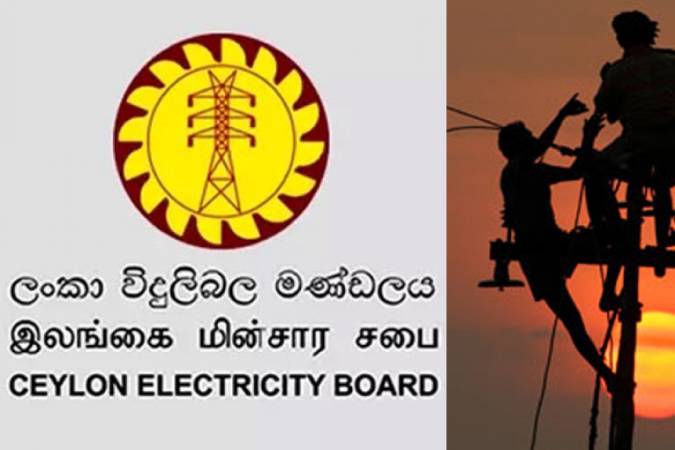Sri Lanka has reached a turning point in the power crisis – trapped between the need to increase prices to reduce the massive debt burden and, on the other hand, relieving the burden to the poor.
The Ceylon Electricity Board (CEB) is now in massive debt trap of Rs 200 billion ant its operating loss skyrocketed to Rs.85 billion.
It has to pay Rs 82 billion to the Ceylon Petroleum Corporation as dues of the fuel bill and the private power purchasing bill of the CEB was around Rs.43 billion this year.
This was disclosed by Power and Energy Minister Mahinda Amaraweera when he addressed CEB senior officials at the assumption of duties of the new Chairman of the CEB Vijitha Herath in Colombo on Friday 20. Mr. Herath is an engineer by profession.
Minister Amaraweera stressed the need to revitalize the implementation of renewable energy projects including solar and wind energy which was neglected by the previous regime.
The CEB needs to explore new avenues for investing in modern technologies and adopting sustainable modalities ensuring an uninterrupted power supply.
The operating loss of CEB in 2018 was Rs. 30 billion, compared to the loss of Rs. 47 billion in 2017.
The power generation mix of ‘Hydro: Other Renewable Energy: Thermal (Oil): Thermal (Coal)’ has changed to 33:11:23:33 in 2018 from 21:10:34:35 in 2017 which has resulted to the reduction in cost per unit to Rs. 19.12 in 2018 from Rs. 20.32 in 2017.
The revenue from the sale of electricity increased by 5.0 percent to Rs. 229 billion in 2018, compared to Rs. 218 billion recorded in 2017.
.
CEB had to manage its liquidity requirements through borrowings from state banks. As a result, its borrowings have considerably risen to Rs. 62 billion at end 2018 from Rs. 2.5 billion in 2017.
(LI)

